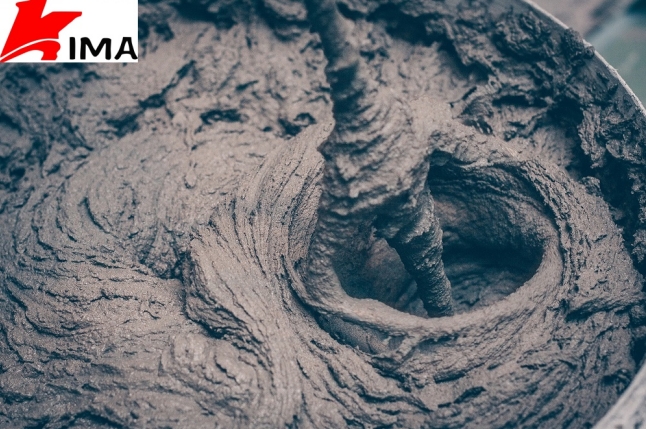Hydroxypropyl Methylcellulose (HPMC ) is a polymer compound widely used in building materials, especially in cement mortar. HPMC has good thickening, film-forming, suspension and water retention properties, and can significantly improve the construction performance and mechanical properties of cement mortar.
1. Molecular structure characteristics of HPMC
HPMC is a non-ionic cellulose ether, whose main skeleton is natural cellulose molecules, and hydroxypropyl and methyl substituents are introduced through chemical modification. This structure makes HPMC both hydrophilic and hydrophobic, forming an amphiphilic molecule, which has good solubility and film-forming properties. In water, HPMC can swell rapidly and form a uniform colloidal solution, playing a role in thickening and water retention.

2. Water retention mechanism of HPMC
Forming a colloidal network structure to block water migration
HPMC forms a high-viscosity colloidal solution after dissolving in water, which can build a dense three-dimensional network structure in the mortar system. This structure can wrap water molecules, significantly improve the internal molecular bonding ability of mortar, and slow down the speed of water diffusion outward. This can effectively prevent the loss of mixing water in a short time, fully hydrate cement, and improve early strength.
Reduce the evaporation rate of capillary water
There are a large number of capillary channels in cement mortar, and water can easily migrate to the surface through capillary action to evaporate. HPMC can form a flexible film on the surface or internal capillary pores of mortar through its film-forming property, physically blocking the water evaporation path, thereby delaying water loss and improving water retention.
Adjust the rheological properties of mortar
The thickening property of HPMC can improve the adhesion and cohesion of mortar, so that the mortar maintains a certain plasticity, reduces water seepage and stratification. High-viscosity slurry has a stronger binding ability for water, which is conducive to the uniform distribution of water in the entire mixture and prevents local drying and cracking.
Adsorption and release mechanism
HPMC molecules contain a large number of hydroxyl groups and ether bonds, and have good water absorption. During the mixing process, HPMC can absorb and store water; during the cement hydration process, when the surrounding environment becomes dry or the hydration reaction requires water, HPMC can slowly release the stored water, maintain the water balance of the system, and promote the full hydration of cement.
Adjustment of the influence of temperature and pH
The water retention of HPMC has a certain adaptability to temperature and pH. In an alkaline environment (such as cement paste), it has good solubility and high stability. At the same time, the water retention capacity of HPMC is particularly significant under high temperature conditions, effectively delaying the evaporation rate of water, which is particularly important for construction in hot climates.

3. Comprehensive influence of HPMC on the performance of cement mortar
Improve construction performance: Good water retention enables the mortar to maintain appropriate consistency and fluidity during construction, improves spreadability and construction efficiency.
Improve bonding performance: By inhibiting early water loss, HPMC helps to enhance the bonding between the mortar and the substrate and reduce hollowing and cracking.
Improve the apparent quality: Good water retention ensures that the cement is fully hydrated, making the surface of the mortar denser and smoother after hardening, reducing bubbles and shrinkage cracks.
HPMC plays an indispensable role in water retention in cement mortar, and its mechanism is mainly achieved through the formation of colloidal network, delayed evaporation, enhanced adsorption, and regulation of water release. This not only improves the construction performance and hardening quality of mortar, but also has important significance for improving engineering quality and extending the life of buildings. With the improvement of building function requirements, cellulose ether materials such as HPMC will play an increasingly important role in green, energy-saving, and high-performance building materials.
 English
English 日本語
日本語 français
français Deutsch
Deutsch Español
Español italiano
italiano русский
русский português
português العربية
العربية Türkçe
Türkçe Nederland
Nederland





